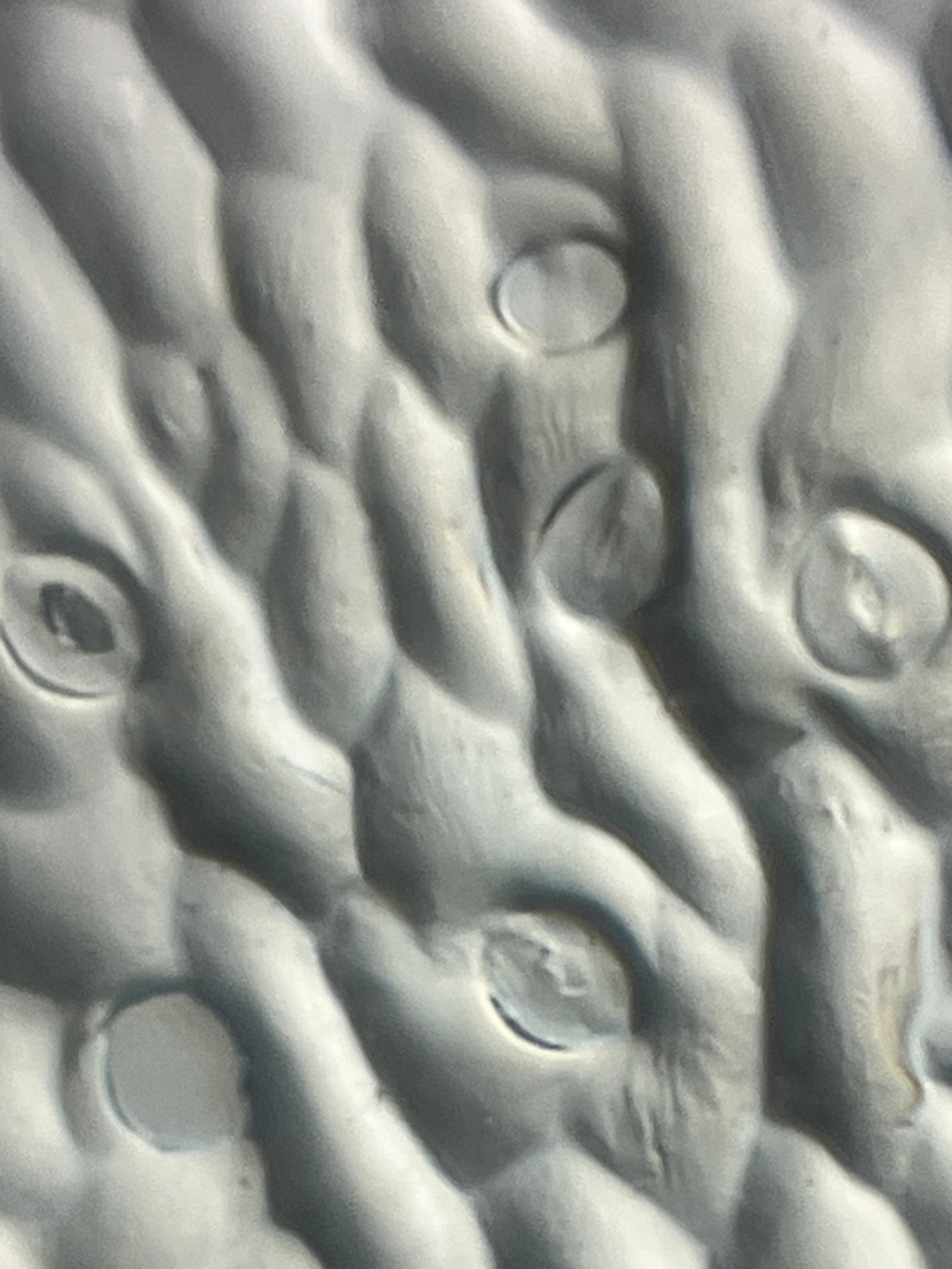Studying color is so much fun! The way pigments mix together to create unique color combinations is interesting on its own. But the difference between microscopic and macroscopic views of colors can teach us so much about how color works. Nail polish is a medium that allows for the exploration of a myriad of colors. This blog will look at a nail polish color called Retro Remix (a metallic green color) under a Foldscope.

What Is Nail Polish Made Of?
While the actual recipe for making nail polish can vary greatly from one manufacturer to another, there is a basic formula that they all follow. In general, nail polish is made from:
- Film Forming Agents: materials that form a hard film on the nail once the polish is dry
- Resins/Plasticizers: substances that provide soap and water resistance and add flexibility to the polish
- Solvents: liquids that suspend the ingredients in solution until applied to the nail (at which time it evaporates)
- Coloring Agents: materials that add color and special effects to the polish including pigment, reflective minerals like mica and titanium dioxide, and glitter
Slide Preparation
In order to view the nail polish under the Foldscope, three different slide preparation techniques were employed:
- Glass Coverslips:
- The nail polish was brushed onto the glass slide and then a glass coverslip was placed on top of the wet nail polish. Once the nail polish dried, the coverslip stuck to the dried polish and the slide was placed in the Foldscope.
- 1X Ring Sticker:
- The ring sticker was placed on the slide and the cover removed. Then a drop of nail polish was added to the center space and the cover replaced.
- 3X Ring Sticker:
- The ring sticker was placed on the slide and the cover removed. Then two drops of nail polish were added to the center space and the cover replaced.

What did I see?
The preparation method had a big impact on the appearance of this nail polish under the Foldscope. With the glass coverslip, the pigment was spread so thin that the main things visible were the reflective particles suspended in the polish. What was surprising was that the color of these reflective particles were blue and purple - not green!
In the 1X and 3X ring stickers, the pigment did not get pushed to the side and instead remained in a thicker layer inside the sticker. When the polish dried (the solvent somehow evaporated away), the reflective materials and the pigment clumped together. This gave the microscopic image a green color more in line with what I expected from a green nail polish. Even though there was more polish in the 3X ring sticker than in the 1X ring sticker, the amount of green color in the microscopic images appeared the same.

What colors are hiding inside of your nail polish? Take a look under a Foldscope and share your microscopic images on the Microcosmos. Be sure to tag us on social media when you post the results of your explorations, creations, and discoveries! We love to see how Foldscopers around the world are using their Foldscopes in new and innovative ways!
Facebook: @Foldscope
Twitter: @TeamFoldscope
Instagram: @teamfoldscope
Sources:



